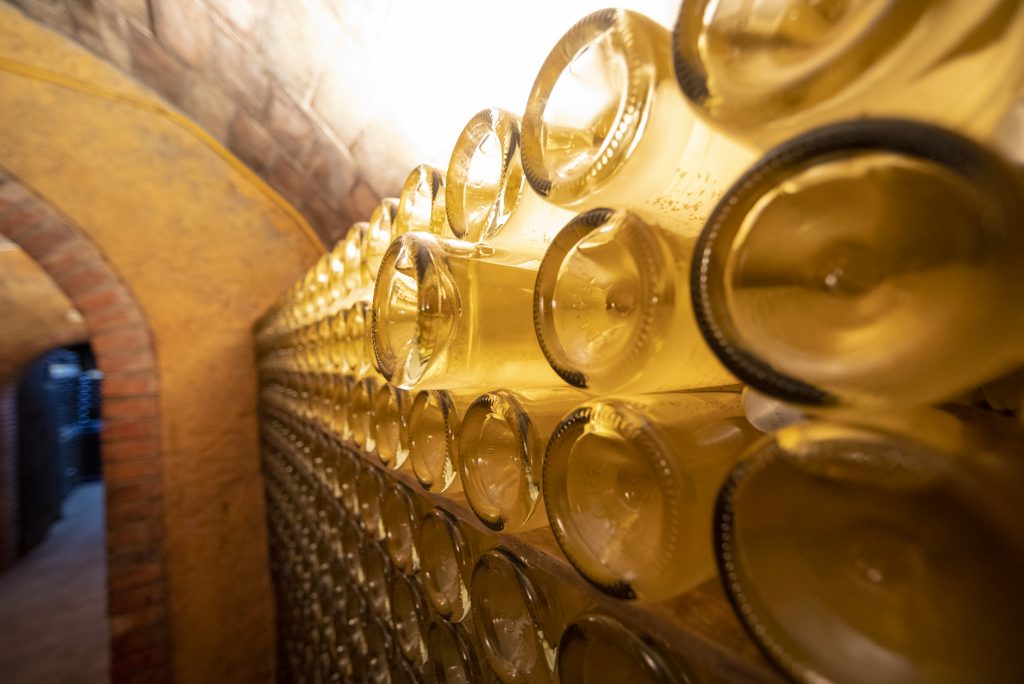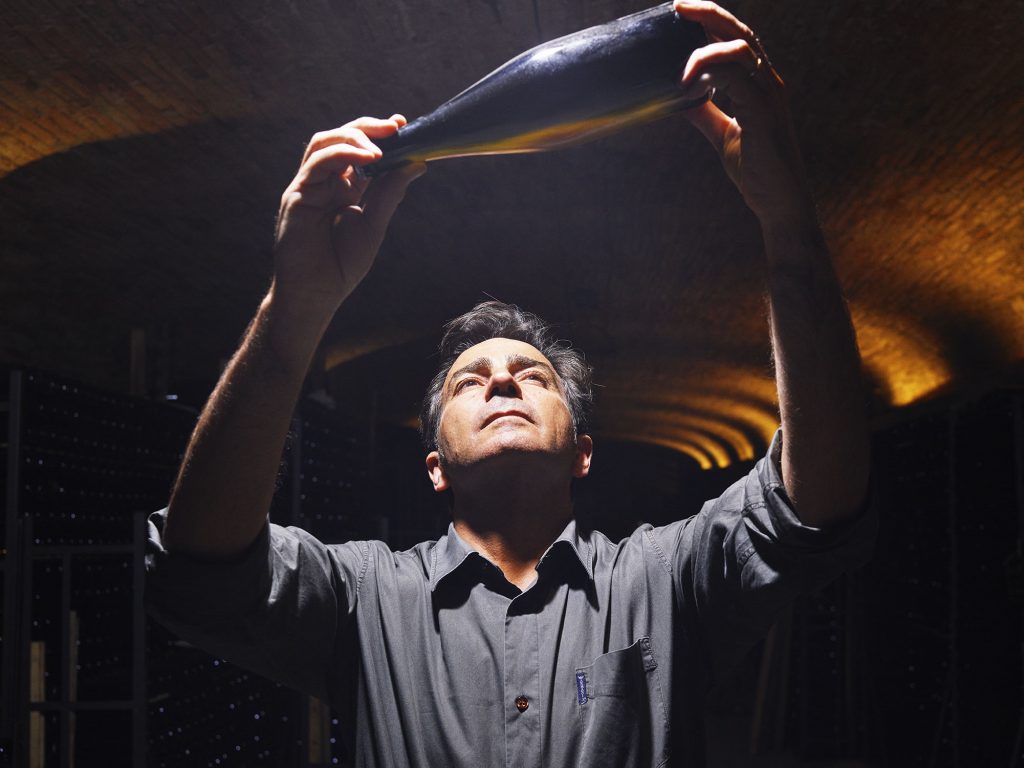New Cava tiers set to premiumise Spanish fizz, says regulatory council
A new tier-system outlining the quality, ageing and provenance of Cava comes into play this year, but is it impenetrable for consumers? the drinks business gets the skinny on the sparkling wine’s new regs.

A new classification system designed to showcase the range and diversity of Cava was announced last May. Winemakers are now in the process of rolling it out across the board from their 2021 vintage, and many have pulled the trigger on changing their labels to reflect their status.
“All throughout this year, cellars will embrace the new regulation,” Pere Ventura, founder of premium cava producer Pere Ventura Cava and a member of the Cava regulatory council, told the drinks business exclusively.
It may, however, take some producers significantly longer to join the system as one of its stringent requirements is that Cava vineyards must be organic. As such, winemakers will need time to make the transition.
According to Ventura, the new classification will “definitely make a big difference to consumer habits and opinions, which will change as the categorization becomes a reality.”
It is hoped that the new system will encourage consumers to ‘trade-up’, in much the same way as we’ve seen with Prosecco DOC and Prosecco DOCG.
The new tiers include: Cava de Guarda (wines aged for a minimum of nine months), Cava de Guarda Superior (wines ages for more than 18 months) and the highest standard, Cava de Paraje Calificado. Only winemakers producing wines from single vineyard estates, and which age their sparkling wine for 36 months, will be eligible to add the title Cava del Paraje Calificado to their labels. Ventura believes that the producers who qualify for the top tier will be few and far between.
“Not many will hold this status, because it’s simply not possible. Cava de Paraje Calificado is something really special and different that demands specific requirements in terms of terroir. It refers to a Paraje determined as ‘exceptional’ due to its climatological and geological conditions and this makes it extremely exclusive, limited and almost inaccessible to have. In fact, it is similar to obtaining Grand Cru certification in the Champagne Region,” he reveals.

Codorníu winemaker, Bruno Colomer (pictured above) told db: “Now that we have a less holistic territorial definition, it is understandable that we have a more accurate segmentation of ageing capacity. Cava de Guarda means a wine that is young, crispy. Cava de Guarda Superior is more complex, more gastronomic. These tiers will for sure lead to more premium Cavas.”
Colomer says that today’s consumers have “a better Cava culture now than ever – we are currently drinking the best Cavas in history” and that these new regulations will only help to further drive quality.
Partner Content
As to whether the new tier system will help Cava to stand toe-to-toe with the likes of Prosecco and Champagne, Colomer believes it will be beneficial only in as much as the new system will emphasise the point that Cava and Prosecco are very different wines.
“While Cava de Guarda and Prosecco might share some of the same casual drinking occasions, Cava is made using the Traditional Method, with all the nuances that yeast-contact and ageing provides. You cannot compare the two.”
Producers will be rigorously checked to ensure they comply with strict quality controls.
“It’s certainly a step in the right direction and is aligning Cava to the quality producers who had left the DO for the Corpinnat body or other DOs,” says Peter Wallbridge, Spain buyer for Enotria & Coe.
However, he has reservations concerning how the wording will resonate with UK consumers.
“I can’t see consumers educating themselves to the extent where they understand the differences, especially in a second language. I think the old system was at least familiar in terms of “Reserva” and “Gran Reserva”. At least this was vocabulary the consumer understands. Why make it more complex?”
According to Wallbridge, “a battle was lost for Cava” when the big producers started selling far too inexpensively to retailers, forever tainting Cava with the stamp of being cheap.
“It’s very difficult to come back from that, and I still think there is more to gain from a brand selling on its own merit as opposed to because it is a Cava,” he says. “When you look at exports to the UK of the top tier quality Cava (Paraje Calificado) during the last couple of years, we imported a mere 200 bottles in 2019 and a measly 36 bottles the following year. This is ridiculous given that so many houses produce incredible Cavas.”
It also raises a question mark over how sustainable joining the classification will turn out to be for Spain’s winegrowers in the long-term.
“With the big boys setting the grape price so low (~30 cents/Kg), how can quality ever be sustained?” asks Wallbridge.
With producers given between now and 2025 to make all necessary changes, including transitioning over to organic production, fizz fans may have a while yet to wait before the effectiveness of the new system can be determined.
Related news
Non-vintage is ‘putting together a puzzle’ says Champagne Lallier




